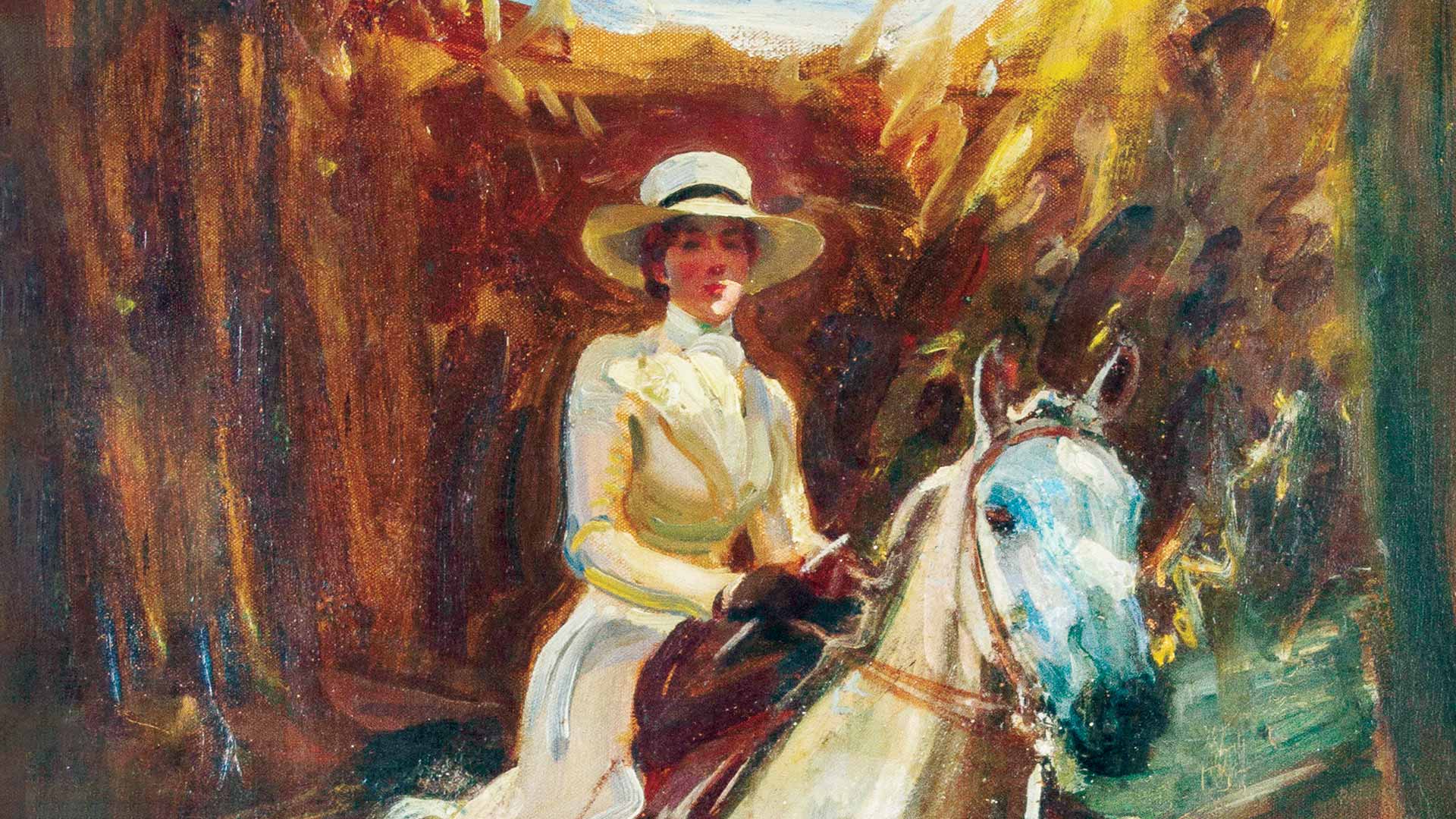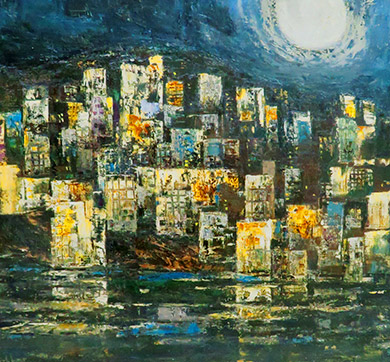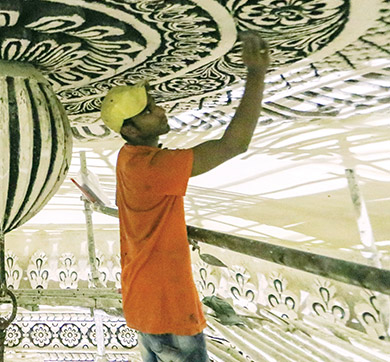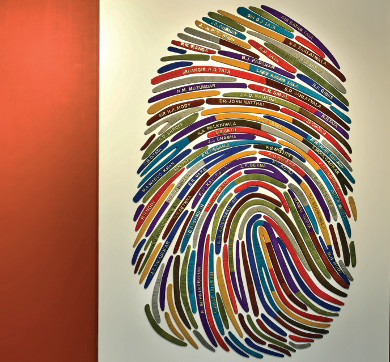February 2022 | 817 words | 3-minute read
The year was 1905. A group of eminent and distinguished citizens of Bombay, as the city was called then, decided to build a public museum. Its intent, stated by the then Chairman of the Board of Trustees of the Prince of Wales Museum — renamed Chhatrapati Shivaji Maharaj Vastu Sangrahalaya (CSMVS) — Mr JT Brander as “it should be largely an institution or foundation for promoting research in all branches of science and knowledge and not only a museum of curiosities for the sightseer.”
On January 10, 1922, the CSMVS opened its doors to the public and displayed a collection of Indian miniatures and antiquities. However, what formed the core of the museum’s collection was the bequest by the Tatas.
The 'art' of philanthropy
One of the premier cultural institutions in the country, the museum’s significant and sizeable collection of art, especially European and Far Eastern, was largely due to the patronage and munificence of the Tatas. The personal art and antiquities collections of Sir Ratan Tata in 1922 and Sir Dorab Tata in 1933 were bequeathed to the museum. Together, the Tatas gifted more than 5,000 articles and objet d’art from Europe, India, and the Far East.
Sir Ratan Tata was a connoisseur of art. In his extensive travels, he had acquired an exquisite collection of European paintings, Art Deco objects, manuscripts, textiles, arms, armaments, and porcelain artefacts. The museum authorities stated, “He did not differentiate between different forms of art but always chose to acquire those works which appealed to his cosmopolitan taste.”
Sir Dorab Tata was also an art lover and in his last years passed on his entire art collection comprising over 1,400 items to the museum.
This bequest makes CSMVS the only museum in the country to house such a large collection of European paintings; in fact, two art galleries in the museum have been named after its biggest benefactors — Sir Ratan Tata and Sir Dorab Tata.
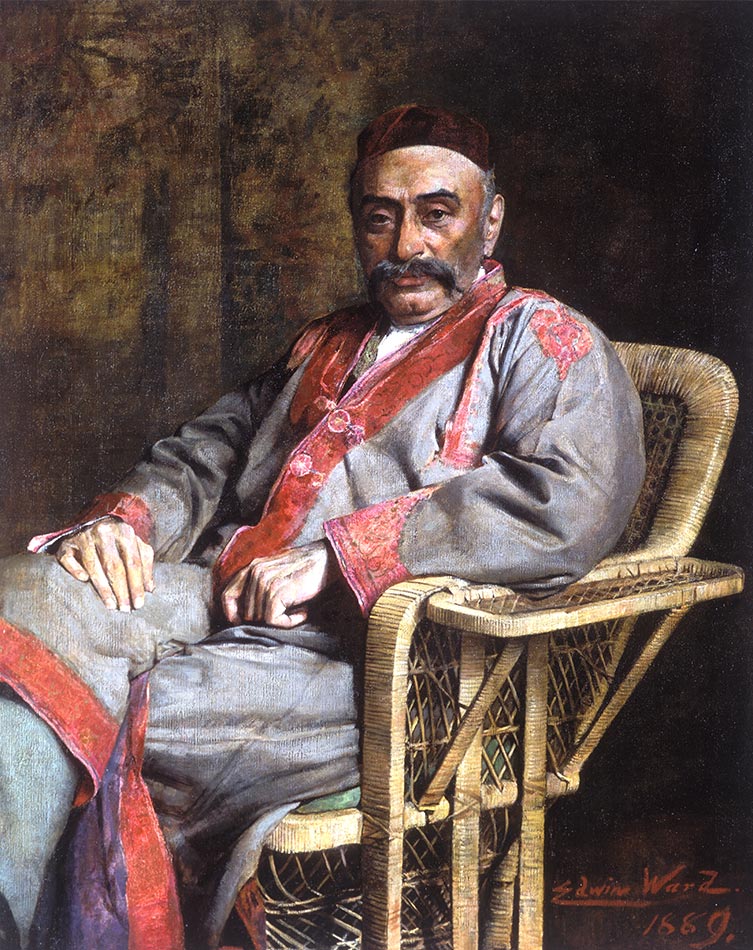
Interestingly, the architect of the Prince of Wales Museum (renamed Chhatrapati Shivaji Maharaj Vastu Sangrahalaya), George Wittet, famous for his Indo-Saracenic style, was also the consulting architect for the Tatas. He designed many iconic buildings in Mumbai, including The Taj Mahal Palace, Gateway of India, King Edward Memorial Hospital, and the Tata group headquarters, Bombay House.
Masterpieces from the Tata collection
The Tata collection comprises quite a few masterpieces such as ‘The Sword of Damocles’, one of the few works by the 18th century artist Antoine Dubost. According to a senior curator at the museum, the bidding for this masterpiece if auctioned today would start at, at least 10 million pounds.
Among other interesting art pieces is ‘The Lady on Horseback’ by Sir Alfred James Munnings, featured at the top of this page, by one of the finest British Impressionist painters of the 20th century, whose works often depict his favourite animal, the horse; and ‘Adoration’ showcasing ideal beauty in an allegorical style by William Strang.
The Far East collection is also noteworthy. It includes the ‘Seated Guanyin’ with gold lacquer gilding, dating back to the 15th–16th century Ming dynasty of China; the Sastuma bowl, one of the most sought-after and rare forms of Japanese pottery from the Meiji period; and Ruyi — a wish-granting Nephrite sceptre, belonging to the Qing dynasty of China, and carried traditionally by rulers as a symbol of sovereignty.
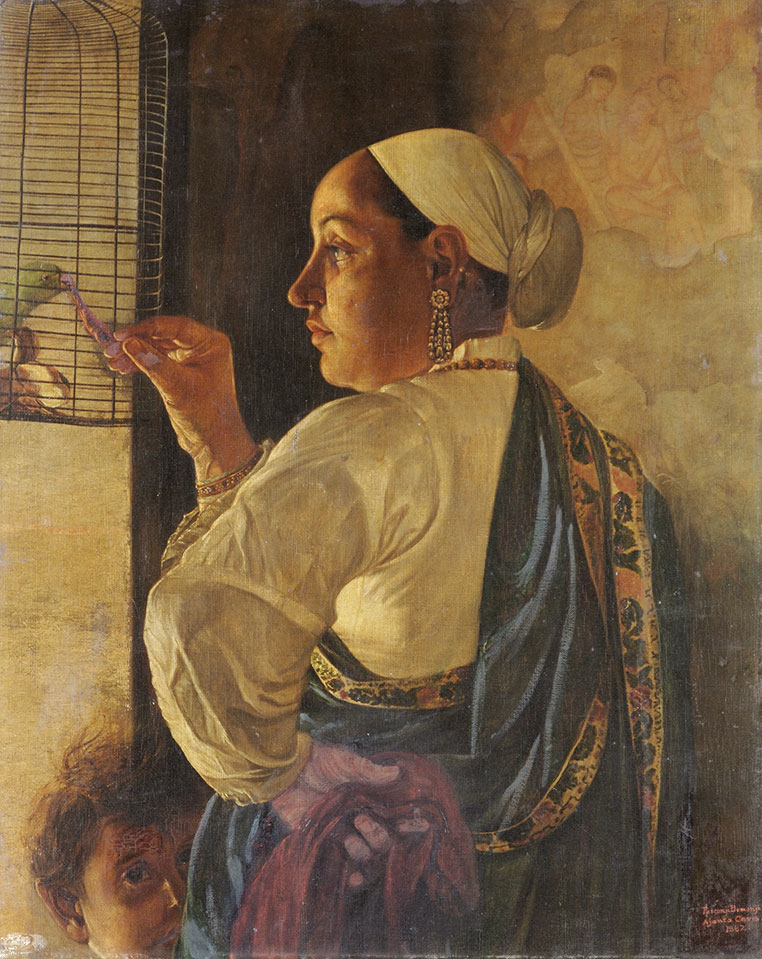
Among Sir Dorab’s collection of paintings was ‘Feeding the Parrot’ by the acclaimed artist Pestonji Bomanji, and an 1889 portrait of the Tata group Founder, Jamsetji Tata (when he was around 50 years old), by the British artist Edwin Ward.
Pratapaditya Pal, the acclaimed Indian scholar and art curator, dedicated a book titled East meets West, one of the first comprehensive publications on the Tata bequest to CSMVS. It features 151 prized pieces from the Asian and European collection of the Tatas.
In 2018, on the death centenary of Sir Ratan Tata, the museum put together an exhibition titled ‘An Exotic Encounter: Non-Indian Antiquities from Sir Ratan Tata Art Collection’, showcasing 90 select non-Indian art objects, for the first time, from Sir Ratan Tata’s collection.
A timeless gift of munificence
According to a former director of the museum Moti Chandra, “It would not be an exaggeration to say that had distinguished members of the Tata family not made a point to collect art objects from different parts of Asia and Europe, the public of Mumbai would have been deprived of the benefit of seeing the arts of other countries, essential for liberal education and widening of international understanding in the field of art.”
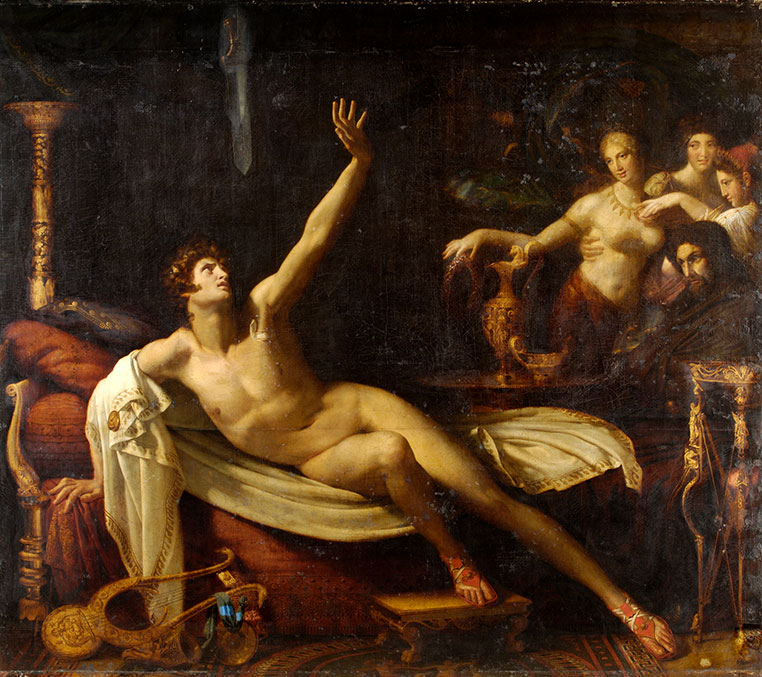
Sir Ratan Tata’s wife, Lady Navajbai Tata, continued to support the museum and even donated a part of her furniture to adorn the institution’s galleries. She gifted display cases to the museum when she learnt that it didn’t have adequate cases to house and display the Tata collection.
Centenary celebrations
On January 10, 2022, the CSMVS will complete a 100 glorious years. It has come a long way with generous support from its patrons. Today, it has a collection of over 70,000 artefacts spread across more than 15 dedicated galleries.
At present, the museum is finalising the arrangements for its centenary celebration programmes, where art and culture lovers will get a chance to see, among other things, a fabulous curation of the Tata collection.
—Munira Patel




